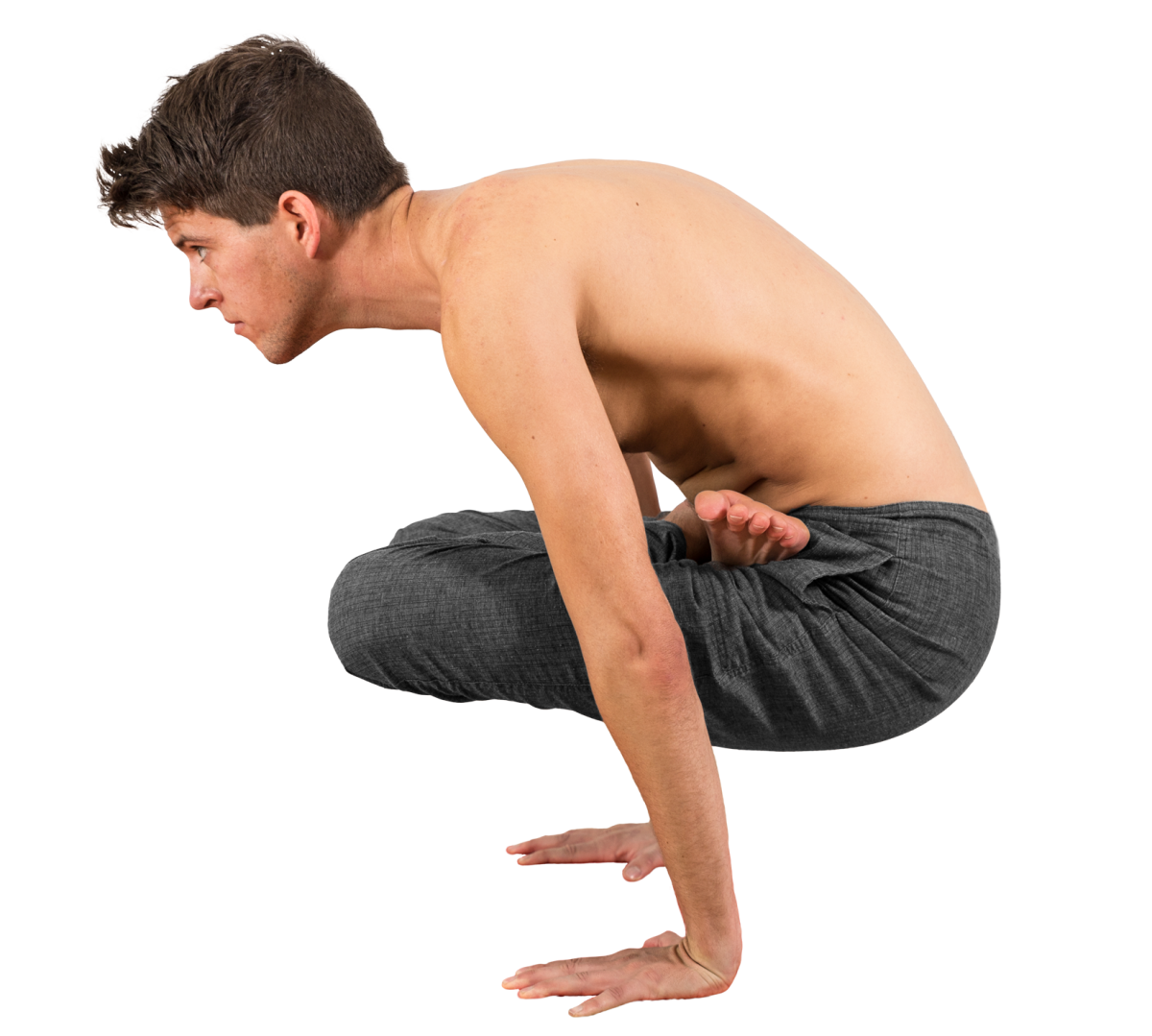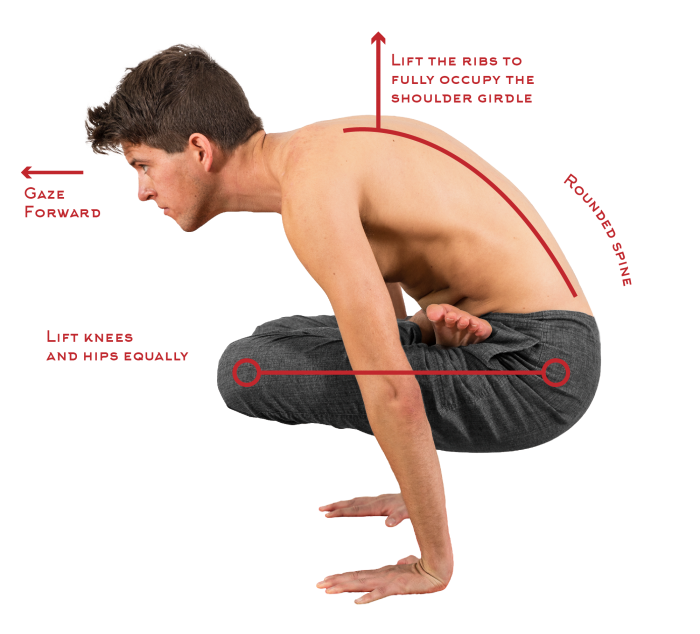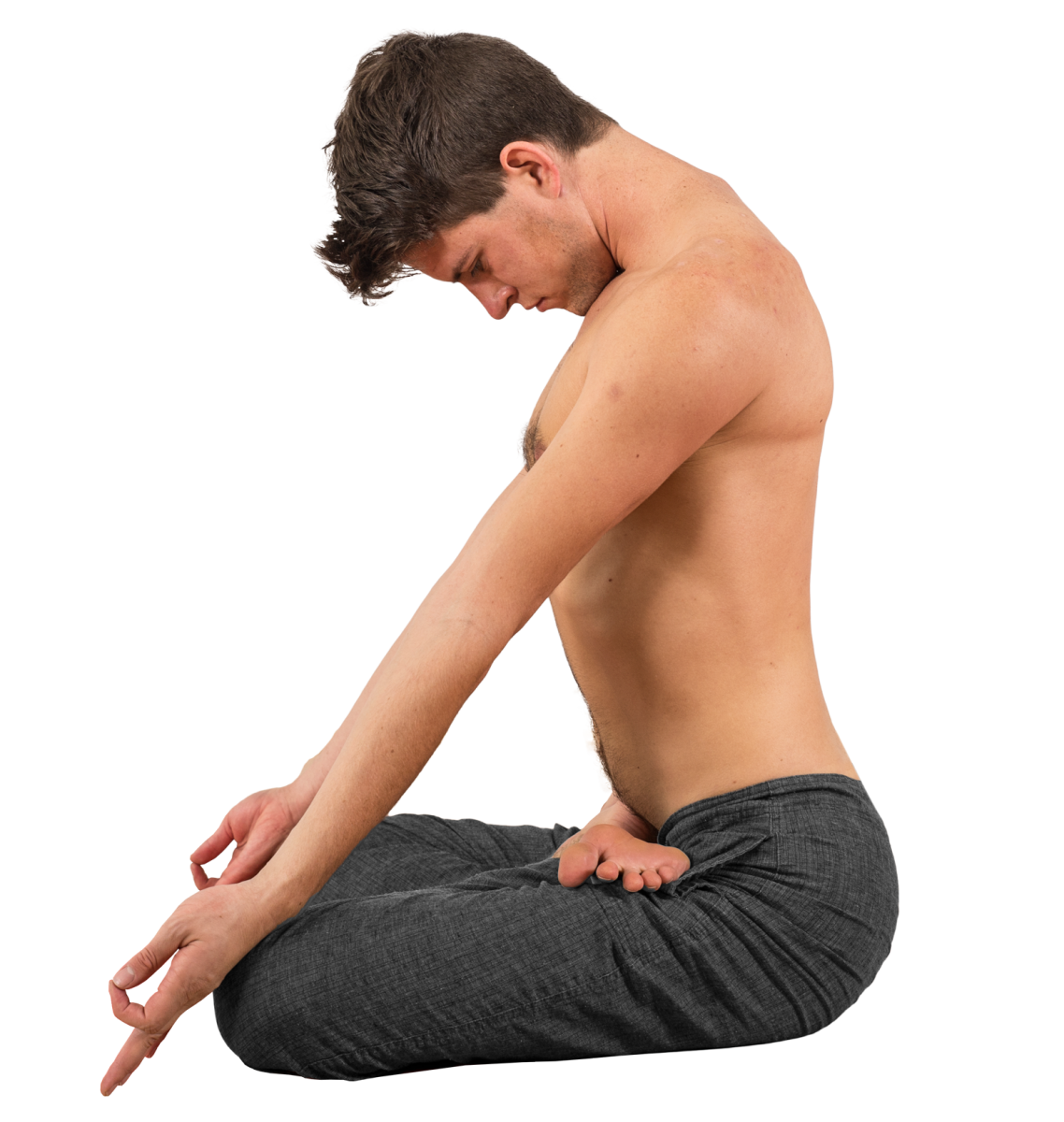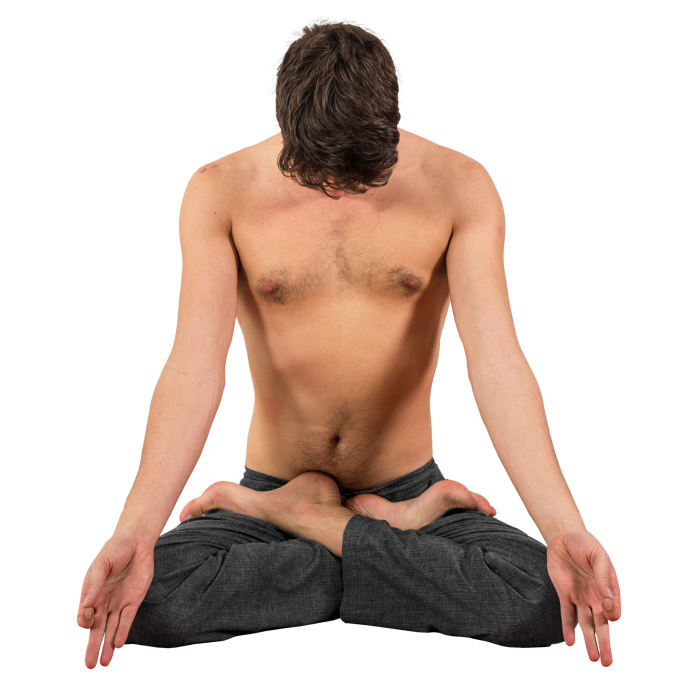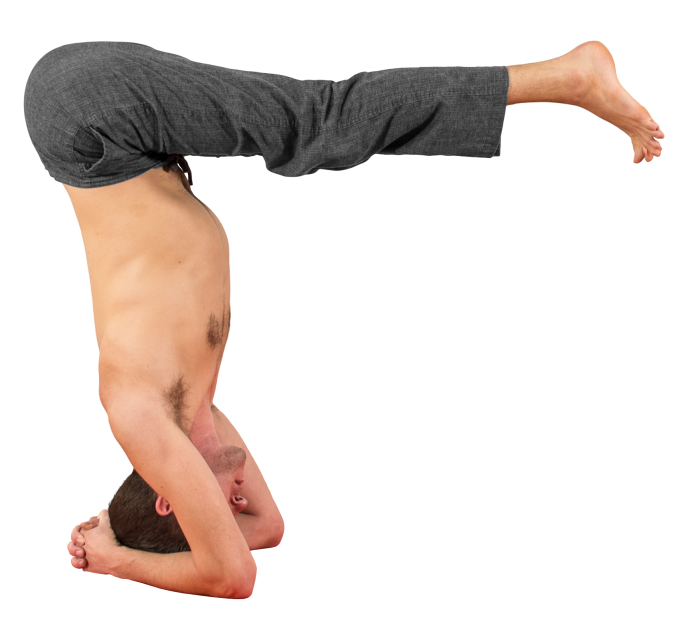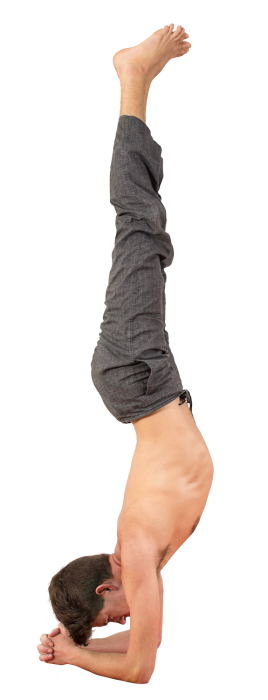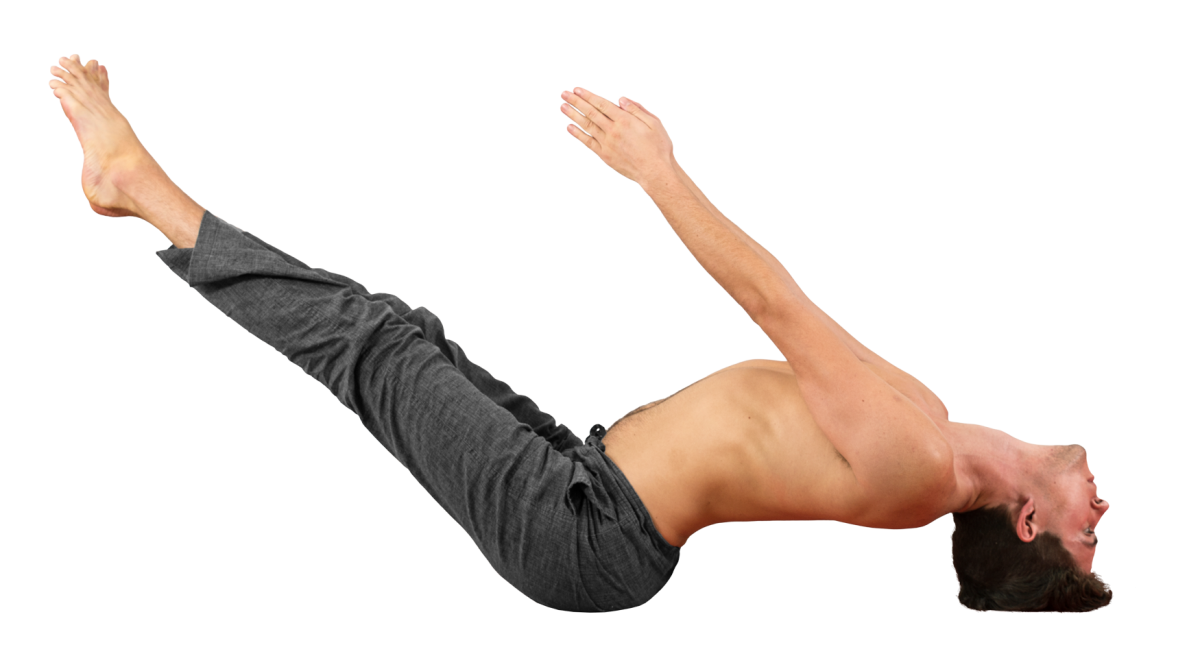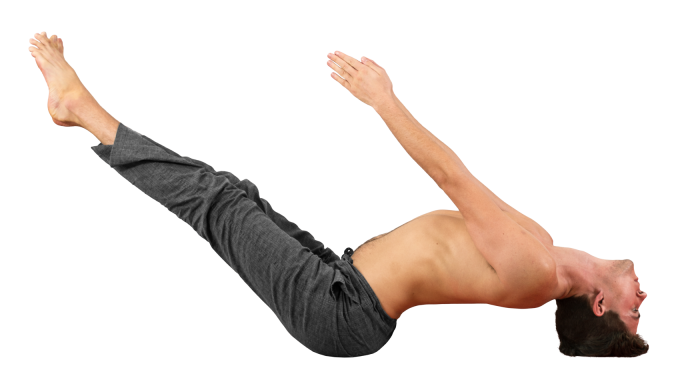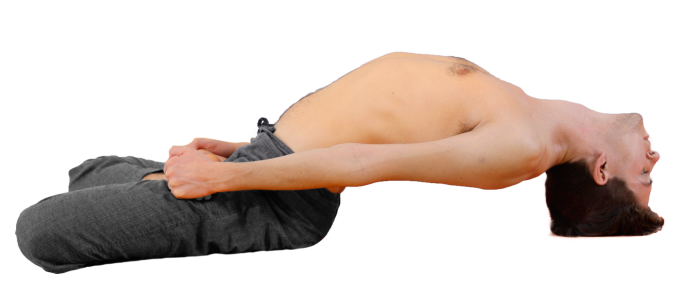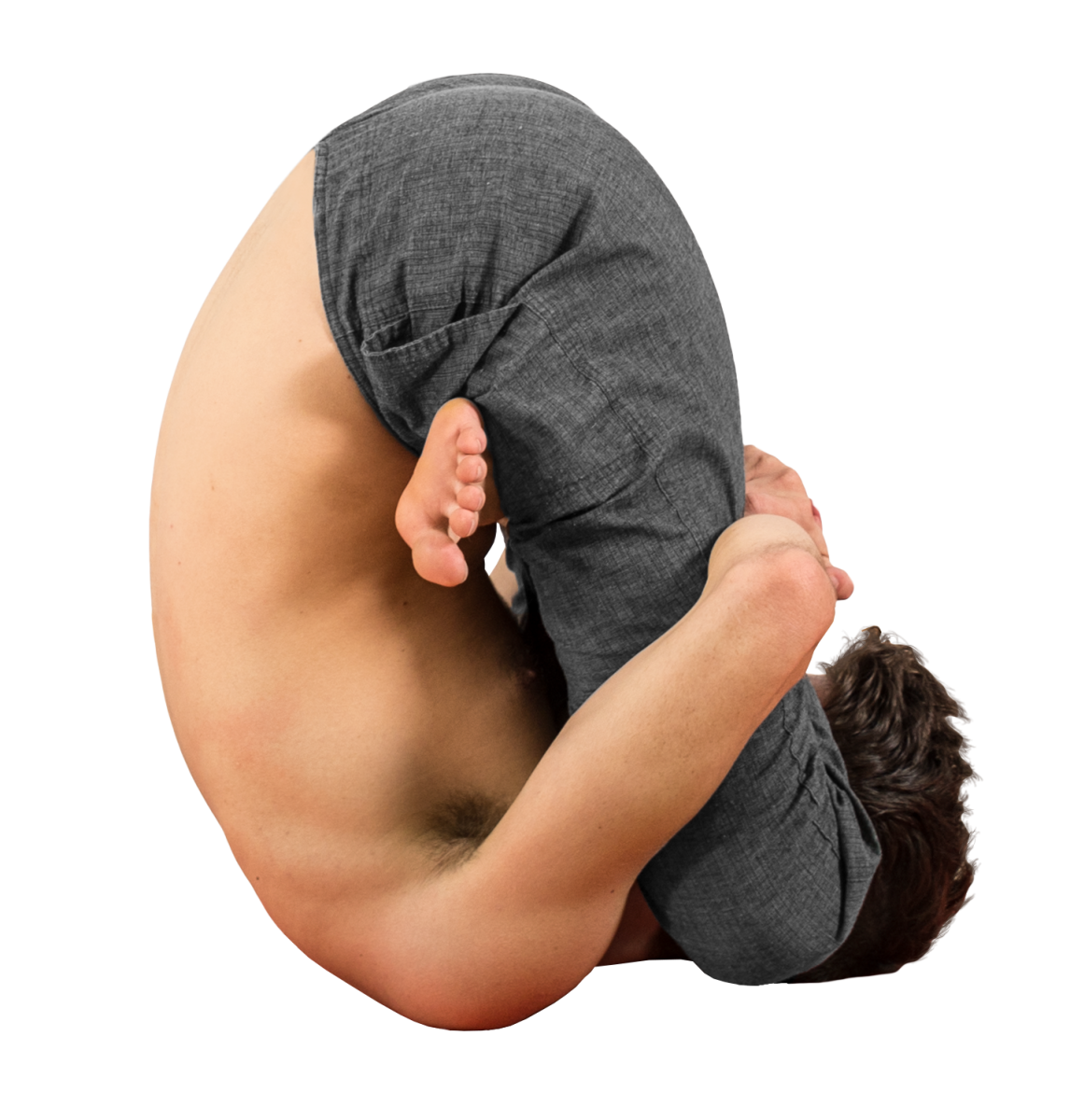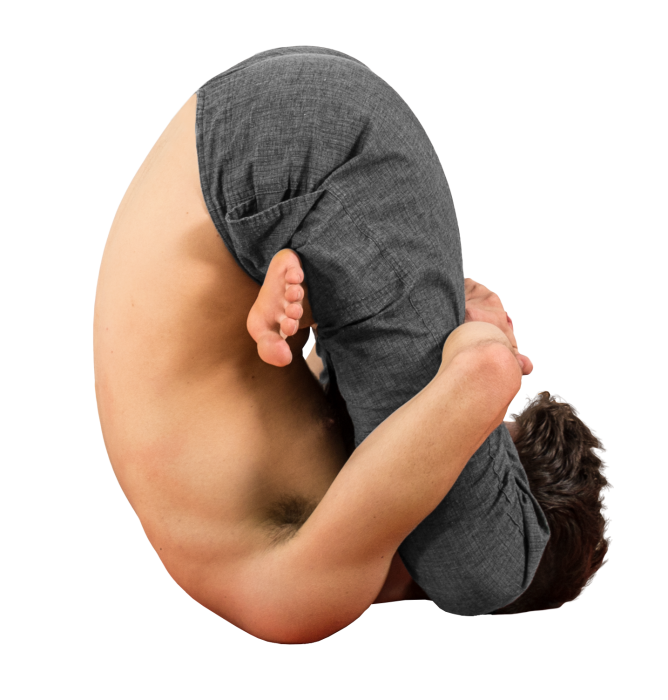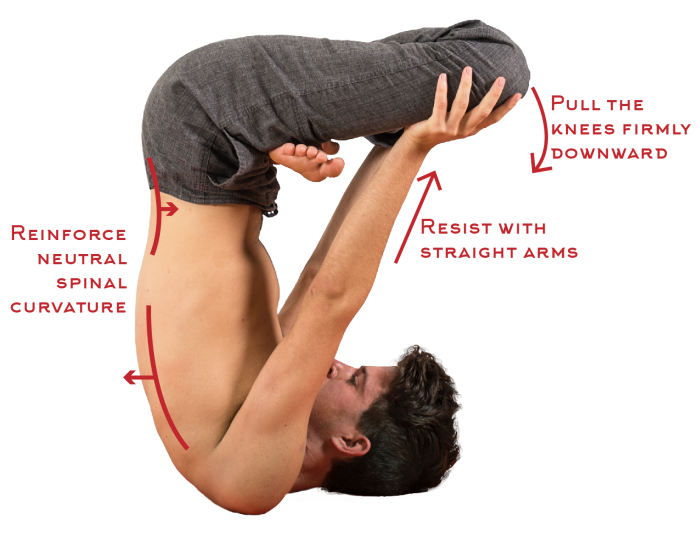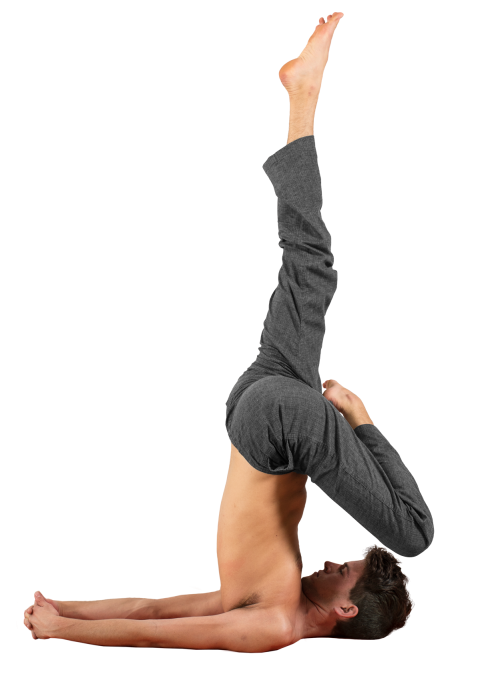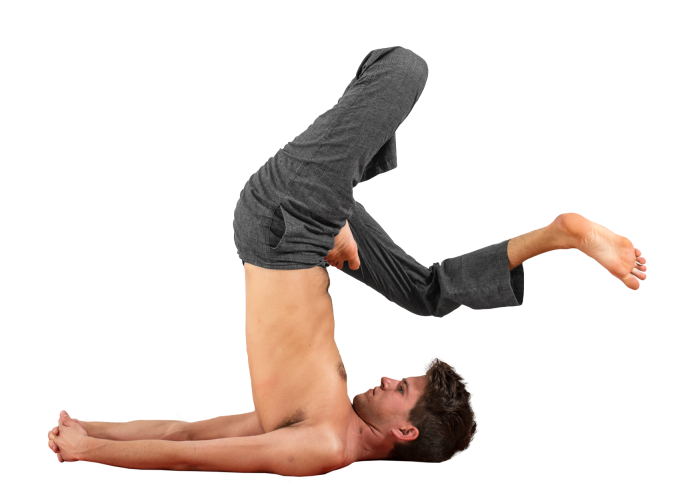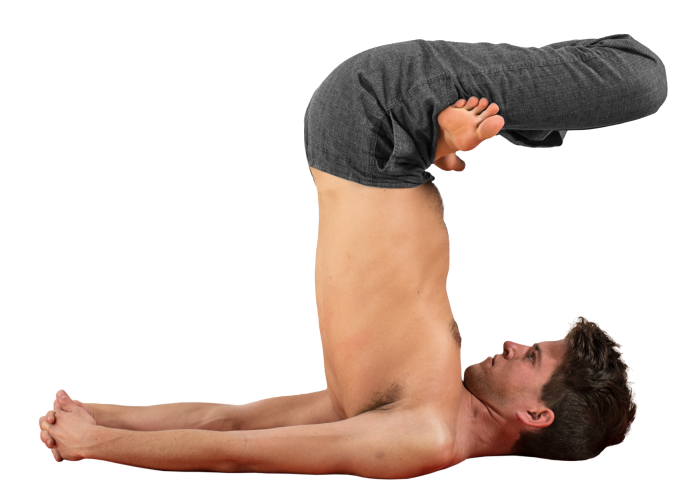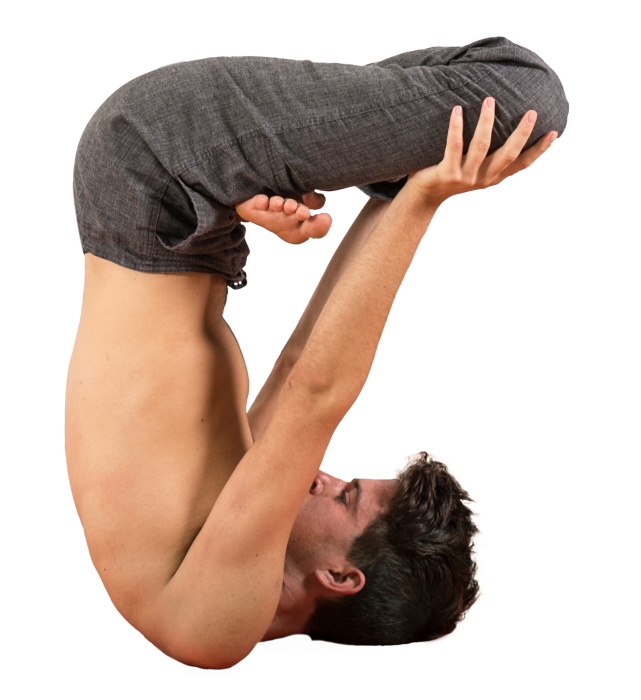Ashtanga Yoga has the interesting and unique tradition of abstaining from practice on the days of the full and new moon, called “moon days.”
I recently received a question regarding the timing of moon days, which got me thinking. (What follows is simply my conjecture & curiosity, I am not an expert.)
Q: If a full or new moon occurs before sunrise, should it be observed on the previous day?
For example, if the new moon is at 4:29am on Wednesday, should the Ashtangi take off practice on Tuesday?
There are separate but overlapping calendars in India, the solar and lunar. The solar one is used by most people for everyday purposes. It begins at sunrise and there are 4 periods of the day, ending at sunset.
Then the lunar one is used for ritual purposes. It is divided into tithis, or lunar days. Each day is the period in which the moon travels 12 degrees. It is not connected with the sunrise, and each tithi varies between ~19-26 hours of duration.
So perhaps a technical answer for Ashtangis is that we should “observe” or not do asana practice on the lunar days of Purnima and Amavasya, rather than on any particular day of the Gregorian calendar. For example, a Purnima could start at say, 3pm of Tuesday and last until 2pm Wednesday. So if you had a morning practice, you would want to take off practice Wednesday morning, even if the full moon is at 7:49pm Tuesday.
For our school, we simplify the schedule to make it easier for students: if a moon is after 12:00am on a day, that day is the moon day.
But then I started wondering about other aspects of our moon day habit…
Q: Where did moon days come from?
To my knowledge other styles of Yoga do not discourage practice on moon days. I suspect that the original reason that Guruji did not teach Ashtanga on moon days is that he was a Vedic and Sanskrit scholar and professor. The Maharaja of Mysore’s Sanskrit College was closed on the moon days. Brahmins have certain traditions to follow on the moon days, rituals, bathing, ceremonies. They take a lot of time and ritual purity so it’s not a “work day.” There are also other Vedic traditions implicating that teaching on a moon day may be inauspicious or detrimental (in contrast to a home practitioner performing the Ashtanga asana sequence). There may also have been other threads of technical logic, since Jois and his father were accomplished in jyotisha. So that perhaps habit carried over into his Yogasana teaching…Krishnamacharya did not seem to advocate taking off moon days, so it probably wasn’t part of Guruji’s yoga training. I have found no mention of moon days in Krishnamacharya’s writing or in the teachings of his other students.
So, ultimately, we just look at it as the teacher having a day off! But it may be that we can retroactively find additional reasons why it could be a good idea to observe that custom as practitioners. Even if the original reason for observance doesn’t apply, should we continue to abide by it, or cut out a “vestigial” trait of Ashtanga?
Reason 1: Just having a break.
For Ashtangis with a daily practice, taking moon days off is a way to have some rest, plain and simple. Ashtanga practice can be very strenuous, and some time off may help to “soften” the practice and allow the body to incorporate changes.
For Ashtanga teachers with a daily teaching schedule, moon days can be a blessing!
Reason 2: The moon exerts influence on the human structure.
Gravity
This moon day question has been asked many times over the years, and often the response goes along the lines of:
“The body is made up of 65% water, and look how the moon influences the ocean tides. The human body is also affected by gravitational forces from the moon.”
An effect like the tides requires large distances of open bodies of water: the ocean on the side of the Earth closest to the moon is pulled towards the moon more strongly than the core of the Earth, which in turn is pulled more strongly than the water on the far side of the earth. This deformation results in the tides. The human body is small enough that there is no appreciable differences of the moon’s gravitational influence on one part of the body vs another part.
Additionally, the water & gravity theory of a localized “human-sized tide” fails to account for the tides being on a daily rhythm, not the lunar month.
Simply being near a large building or other people has a greater gravitational influence (though still negligible) on a human body than the position of the moon. Even an insect landing on your skin has a more impactful effect on your gravitational field.
Electromagnetism
Could there be an electromagnetic effect? Many studies have attempted (and many failed) to find a link between the lunar cycle and epilepsy, mental illness, crime, accidents, surgery success rate, and other markers. Despite mixed and negative reports, it may not yet be time to close the book on physiological effects of the lunar cycle.
Living beings generate an electromagnetic field (EMF), and there is evidence that humans and other animals are attuned/have a synchronistic relationship with the EMF of the Earth.
The earth’s EMF is generated by currents in its dynamic molten core in relationship with the electrically charged currents of the ionosphere.
The moon plays a significant role in the movement of the liquid core. Certain studies have shown that certain animals exhibit behavioral changes in response to lunar phase, even in controlled environments.
Any such effects could be either direct or indirect. In addition to any effects the Earth’s EMF may have on any animal’s EMF, it also acts as a protective mechanism against solar and cosmic radiation. In a review of 28,000 psychiatric hospital admissions, Dr Robert Becker found a significant relationship between admission rates and the timing of the 67 magnetic “storms” during that period. Further research revealed a correlation between cosmic rays and EMF variations and behavioral changes in psychiatric patients. Dr Becker writes that “[the earth’s electromagnetic field] varies with the lunar day and month, and there’s also a yearly change as we revolve around the sun.”1
Variations in the human electromagnetic field occur in concert with changes in sensation, emotion, healing, etc., and changes can be induced by artificial manipulation of human or animal EMF. In light of this, it seems theoretically possible that the the moon could exert some influence over human workings, though exactly what that effect may be is unclear. Further research is hampered by the difficulty of isolating the low “background” levels of the earth’s EMF from the other artificial/electronic and natural electromagnetic forces that surround us.
Anecdotally, I notice differences in my own physical stamina and sensations on moon days, generally for a 2 or 3 day period around the precise time of the astronomical event. If that actually correlates with any external phenomena is uncertain, however.
If this hypothesis were validated, it would likely open up other questions, such as whether it would be logical to start taking days off for practice during other variations in the EMF, such as sunspots or magnetic storms.
Reason 3: Ritual
Many people are feeling increasingly detached or isolated from the natural world. Having a ritual that centers on a natural phenomenon can be a way of feeling an increased connection to and paying more attention to natural rhythm. It can be especially powerful if the moon day is observed as a special time to set aside for self-reflection (svadhyaya), meditation, or reading of shastra. This necessitates that the practitioner actually observe the day as a holiday of some sort, rather than replacing their usual Ashtanga class with crossfit or running because the studio is closed.
Ultimately, the moon day tradition has value to me, and I appreciate observing it. I also think it is just fine to practice on a moon day if it feels right for your circumstances, especially considering the lack of any firm evidence supporting moon day theories. I hope that further scientific advances will be made to shed further light on whether or not there is any direct relationship between the lunar cycle and human physiology. Since this is not extremely likely due to biomedical field’s focus on biochemistry at the expensive of other sciences, just do your best and practice with wisdom.
1. p245-247, The Body Electric. Robert Becker, MD & Gary Selden



